Coupling System Dynamics Model of Cross Border Logistics and Ecological Environment Based on the Sustainable Perspective of Global Value Chain
Abstract
:1. Introduction
2. Literature Review
2.1. Research on Cross-Border and International Import and Export Trade
2.2. Research on Cross-Border and Environmental Protection
3. Features and Analysis
3.1. The Common Development of Foreign Trade and Logistics
3.1.1. The history of China’s Logistics Industry
- The first stage: from the founding of new China to the end of 1970s
- 2.
- The second stage: from the end of 1970s to the end of 1990s
- 3.
- The third stage: from the 1990s to the present
3.1.2. The Total Volume of Import and Export Trade Increased Year by Year
3.1.3. The Proportion of Exports Increased, and Labour-Intensive Products Still Dominated
3.1.4. Mechanism Analysis of Interaction between Logistics and Trade
3.2. An Empirical Analysis of the Relationship between Foreign Trade and Logistics
3.2.1. Selection of Indicators
- Freight transport turnover
- 2.
- Total import and export trade
3.2.2. Unit Root Test
3.2.3. Impulse Response Function
4. Research Design
4.1. Integrated System Design
- Real-time monitoring of ecological environment information system including ecological and environmental indicators and recent storage environment information. According to the national regulation index, reasonable and reliable detection methods and data analysis processes should be provided for ecological environment monitoring. To ensure real-time monitoring, these devices and methods need to be portable, simple, fast, and reliable. According to the requirements of environmental protection indicators, real-time collection and display of ecological environment information are needed.
- Real-time tracking of parcel status for cross-border logistics system. Cross-border logistics must meet accurate and complete requirements. Due to the wide distribution of e-commerce platforms, direct access to overseas customers through e-commerce platforms is also the basis for accurate delivery. However, due to the long delivery cycle of cross-border logistics, overseas customers have doubts about the logistics status and time of cross-border goods. Therefore, in terms of cross-border logistics parcel status tracking, it is necessary to push the status information of cross-border parcels in real time after overseas customers purchase, and give status information such as the logistics location and delivery time of the goods at the front desk of e-commerce.
- As two important subsystems, real-time monitoring of ecological environment information system and real-time tracking of cross-border logistics parcel status system are also important parts of this study, including approaches to combine them with e-commerce systems and give full play to their potential value in future international trade and cross-border product marketing. According to the analysis of functional requirements and development status, the system will further realize the collection and analysis of ecological environment and logistics update information, and finally display it in the cross-border e-commerce system. The whole function implementation process needs to pass through a series of links, such as sensor data collection, network transmission, database storage, data analysis and processing, web foreground display and so on. The functional structure of the system is shown in Figure 8.
4.2. Software and Hardware Construction
4.3. Overall System Architecture
5. Result and Discussion
5.1. Empirical Result Analysis
- Short-Term Response: When the freight turnover experiences an impact, the total trade volume often faces short-term effects as well. This implies that these two variables may exhibit similar short-term fluctuations within an economic cycle. As shown in Figure 1, China’s import and export values reached a low point in 2009 due to the impact of the subprime crisis. Subsequently, China’s logistics industry entered a phase of slow growth and structural adjustment.
- Time Lag Effects: The impulse response function analysis reveals time lag effects, meaning that after an impact occurs, both the freight turnover and the total trade volume do not respond immediately but exhibit noticeable responses after a certain time lag. This is crucial for predicting changes in total trade volume and formulating economic policies. As shown in Figure 6, during the second decade of development, around 2010, both foreign trade volume and goods turnover rate exhibited smaller fluctuations, and this response effect extended to other industries.
- Directionality: There is a positive relationship between the freight turnover and the total trade volume. At a certain lag order, an impact on the goods turnover rate leads to a positive response in the total trade volume (i.e., an increase), and vice versa. Although China’s foreign trade has maintained steady and rapid growth over the past few decades, mainly centred on exporting labour-intensive products and processing trade, with trading partners mainly in Europe and America, there was a weakening trend in import and export trade during the global financial crisis.
- Complexity: The impulse response function graphs display complex fluctuations in the time series, with both positive and negative responses at different lag orders. This complexity might imply that the relationship between the freight turnover and the total trade volume is intricate. In the future, more influencing factors could be considered to further analyse and explain such phenomena.
- Impact Intensity: The impact of changes in the freight turnover on the total trade volume has a certain level of intensity. As illustrated in Figure 7, higher curves indicate that variations in the goods turnover rate have a more significant effect on the total trade volume, reflecting the strength of the impact of changes in the goods turnover rate on the total trade volume. Hence, during economic downturns, countries that primarily export labour-intensive products usually experience a higher decline in imports compared to exports. According to Customs Administration data, for instance in 2009, exports decreased by 21.1%, while imports dropped by 34.2%.
5.2. Integrated System Analysis
5.3. Policy Suggestions
5.3.1. Promote the Combination of Modern Logistics and Import and Export Enterprises
5.3.2. Improve the “District Port Linkage”
5.3.3. Strengthen International Cooperation and Promote the Common Development of Logistics and Trade
6. Conclusions
Funding
Data Availability Statement
Conflicts of Interest
References
- World Trade Organization. World Trade Statistical Review; World Trade Organization: Geneva, Switzerland, 2020; Available online: https://www.wto.org/english/res_e/statis_e/wts2020_e/wts20_toc_e.htm (accessed on 4 August 2020).
- Chalmer, A.; Langdon, T.; Overstreet, G. Economic Growth and Poverty Reduction Through Trade and Investment: Trade Is the Engine for Economic Growth. 2009. Available online: https://www.usaid.gov/ (accessed on 21 October 2009).
- Notteboom, T. The Geography of Transport Systems; Routledge: Abingdon, UK, 2018. [Google Scholar]
- Roberts, P.W. NAFTA and the Political Economy of Trade Agreements: The Puzzle of the Latin American Experiences; Springer: Berlin/Heidelberg, Germany, 2017. [Google Scholar]
- UNCTAD. Review of Maritime Transport; United Nations Conference on Trade and Development: Geneva, Switzerland, 2020. [Google Scholar]
- UNCTAD. Trade and Development Report 2021: From Recovery to Resilience: Towards Sustainable and Inclusive Development; United Nations Conference on Trade and Development: Geneva, Switzerland, 2021. [Google Scholar]
- Cariou, P.; Eden, L. Greening maritime logistics: A review. Transp. Res. Part D Transp. Environ. 2019, 67, 260–278. [Google Scholar]
- Wang, C.; Zuo, Z.; Liang, Y. The environmental impact of cross-border e-commerce logistics: A review. Int. J. Environ. Res. Public Health 2020, 17, 4991. [Google Scholar]
- Cano, J.A.; Londoño-Pineda, A.; Rodas, C. Sustainable Logistics for E-Commerce: A Literature Review and Bibliometric Analysis. Sustainability 2022, 14, 12247. [Google Scholar] [CrossRef]
- Christopher, M. Logistics and Supply Chain Management; Pearson UK: London, UK, 2016. [Google Scholar]
- Wu, Y.; Li, D. Sustainable development and optimization of cross-border logistics. J. Clean. Prod. 2018, 172, 2770–2782. [Google Scholar]
- Song, D.P.; Chen, L.L. The impact of cross-border e-commerce on air transport and logistics. Transp. Res. Part D Transp. Environ. 2019, 68, 56–69. [Google Scholar]
- Ghiani, G.; Laporte, G.; Musmanno, R. Introduction to Logistics Systems Planning and Control; John Wiley & Sons: Hoboken, NJ, USA, 2004. [Google Scholar]
- Chen, M.J.; Paulraj, A. Towards a theory of supply chain management: The constructs and measurements. J. Oper. Manag. 2004, 22, 119–150. [Google Scholar] [CrossRef]
- Lambert, D.M.; Cooper, M.C.; Pagh, J.D. Supply chain management: Implementation issues and research opportunities. Int. J. Logist. Manag. 1998, 9, 1–19. [Google Scholar] [CrossRef]
- Hugos, M. Essentials of Supply Chain Management; John Wiley & Sons: Hoboken, NJ, USA, 2018. [Google Scholar]
- Mangan, J.; Lalwani, C.; Butcher, T. Global Logistics and Supply Chain Management; John Wiley & Sons: Hoboken, NJ, USA, 2008. [Google Scholar]
- Simchi-Levi, D.; Kaminsky, P.; Simchi-Levi, E. Designing and Managing the Supply Chain: Concepts, Strategies, and Case Studies; McGraw-Hill: New York, NY, USA, 2008. [Google Scholar]
- Li, L.; Sun, L. The relationship between supply chain quality management practices and organizational performance. Supply Chain. Manag. Int. J. 2009, 14, 177–186. [Google Scholar]
- Sun, S.; Wang, L.; Qu, Y. The impact of internet finance on the export of micro, small, and medium enterprises in China: The mediating role of logistics performance. Sustainability 2019, 11, 971. [Google Scholar]
- Qu, B.; Zhang, X. The impact of export orientation on the relationship between logistics performance and firm performance. Ind. Mark. Manag. 2011, 40, 363–372. [Google Scholar]
- Waters, D. Supply Chain Risk Management: Vulnerability and Resilience in Logistics; Kogan Page Publishers: London, UK, 2013. [Google Scholar]
- Cullinane, K.; Song, D.P.; Wang, T.F. The application of mathematical programming approaches to estimating container port production efficiency. Marit. Econ. Logist. 2015, 7, 1–22. [Google Scholar] [CrossRef]
- Tseng, P.H.; Tan, R.R.; Fujita, T. Sustainable logistics in cross-border e-commerce: A bibliometric analysis. Sustainability 2019, 11, 2195. [Google Scholar]
- Hilmola, O.P.; Szekely, B. Sustainable supply chain management in cross-border trade: The impact of different transport modes on CO2 emissions. Sustainability 2020, 12, 3197. [Google Scholar]
- Zhu, Q.; Geng, Y.; Sarkis, J. Greening China’s cross-border transportation industry: A review. J. Clean. Prod. 2017, 155, 62–77. [Google Scholar]
- Chaudhary, S.; Dwivedi, Y.K. Sustainable last-mile logistics in cross-border e-commerce: Insights from India. J. Retail. Consum. Serv. 2021, 58, 102364. [Google Scholar]
- Sarkis, J. A boundaries and flows perspective of green supply chain management. Supply Chain. Manag. Int. J. 2012, 17, 202–216. [Google Scholar] [CrossRef]
- Panayides, P.M.; Song, D.W. Assessing container port service quality using the SERVQUAL model. Transp. Res. Part A Policy Pract. 2008, 42, 1053–1065. [Google Scholar]
- Zhang, L.; Zhang, Y. An investigation on carbon emissions in cross-border e-commerce logistics: A case study of a Chinese company. J. Clean. Prod. 2019, 213, 1044–1052. [Google Scholar]
- Wang, F.; Zhang, M.; Zhang, C.; Li, Y. Quantitative analysis of CO2 emissions from cross-border logistics: A case study of a freight company. Transp. Res. Part D Transp. Environ. 2017, 53, 310–322. [Google Scholar]
- Lai, K.H.; Ngai, E.W.; Cheng, T.C. Measures for evaluating supply chain performance in transport logistics. Transp. Res. Part E Logist. Transp. Rev. 2013, 49, 175–186. [Google Scholar] [CrossRef]
- Ilshat, G.; Michael, P.; Elena, P. Interregional Logistic Center as the Growth Point of Regional Economics. Procedia Econ. Financ. 2014, 15, 474–480. [Google Scholar]
- Theodore P Stank & Patrick A Traichal. Logistics Strategy, Organizational Design, and Performance in a Cross-Border Environment. Transp. Res. Part E: Logist. Transp. Rev. 1998, 34, 75–86. [Google Scholar] [CrossRef]
- Zhao, X.; Huo, B.; Zhao, X. The impact of logistics performance on China’s regional sustainability. Sustainability 2017, 9, 1364. [Google Scholar]
- Lee, C.K.; Ng, S.T. Impact of logistics performance on sustainable competitive advantage in global supply chains: Analysis of the role of environmental turbulence. Int. J. Prod. Econ. 2018, 200, 235–246. [Google Scholar]
- Lu, C.S.; Dai, J. The impact of logistics performance on sustainable development: A multi-group analysis. Sustainability 2020, 12, 3642. [Google Scholar]
- Caldeirinha, V.; Felício, J.A.; Pinho, T. Role of Cargo Owner in Logistic Chain Sustainability. Sustainability 2023, 15, 10018. [Google Scholar] [CrossRef]
- Kaur, S.; Singh, R.D. Green logistics practices in the supply chain management: A review. Int. J. Green Econ. 2020, 14, 148166. [Google Scholar]
- Liu, P.; Yi, S. New Algorithm for Evaluating the Green Supply Chain Performance in an Uncertain Environment. Sustainability 2016, 8, 960. [Google Scholar] [CrossRef]
- Yuan, Y.; Wang, S. The role of air transport in facilitating exports in perishable food products: A case study of China. J. Transp. Geogr. 2015, 42, 12–23. [Google Scholar]
- Woodburn, A.G. Sustainable Logistics: Collaborative Solutions; Kogan Page Publishers: London, UK, 2007. [Google Scholar]
- Cheng, Y.; Masukujjaman, M.; Sobhani, F.A.; Hamayun, M.; Alam, S.S. Green Logistics, Green Human Capital, and Circular Economy: The Mediating Role of Sustainable Production. Sustainability 2023, 15, 1045. [Google Scholar] [CrossRef]
- Kaur, H.; Singh, S.P. Modeling low carbon procurement and logistics in supply chain: A key towards sustainable production. Sustain. Prod. Consum. 2017, 11, 5–17. [Google Scholar] [CrossRef]
- Weihua, L.; Di, W.; Xinran, S.; Xiaoyu, Y.; Wanying, W. The impacts of distributional and peer-induced fairness concerns on the decision-making of order allocation in logistics service supply chain. Transp. Res. Part E Logist. Transp. Rev. 2018, 116, 102–122. [Google Scholar]
- Mughal, Y.H.; Nair, K.S.; Arif, M.; Albejaidi, F.; Thurasamy, R.; Chuadhry, M.A.; Malik, S.Y. Employees’ Perceptions of Green Supply-Chain Management, Corporate Social Responsibility, and Sustainability in Organizations: Mediating Effect of Reflective Moral Attentiveness. Sustainability 2023, 15, 10528. [Google Scholar] [CrossRef]
- Sodhi, M.S.; Tang, C.S. Greening supply chains in cross-border e-commerce. Prod. Oper. Manag. 2020, 29, 263–284. [Google Scholar]
- Maja, K.J.; Jakub, M.; Agnieszka, J.; Agnieszka, S. Sustainable last mile delivery on e-commerce market in cities from the perspective of various stakeholders. Literature review. Sustain. Cities Soc. 2021, 71, 102984. [Google Scholar]
- Wang, C.N.; Ho, H.X.T.; Luo, S.H.; Lin, T.F. An Integrated Approach to Evaluating and Selecting Green Logistics Providers for Sustainable Development. Sustainability 2017, 9, 218. [Google Scholar] [CrossRef]
- Jia, F.; Lin, Y.; Zhu, Q. An empirical study of the impacts of cross-border e-commerce on carbon emissions: Evidence from China. Transp. Res. Part D Transp. Environ. 2020, 86, 102481. [Google Scholar]
- Chai, Y.; Liu, Z.; Liang, L. Environmental performance evaluation and improvement of cross-border logistics service providers in China. J. Clean. Prod. 2021, 318, 128443. [Google Scholar]
- Li, Z.; Gao, G.; Xiao, X.; Zuo, H. Factors and Formation Path of Cross-Border E-Commerce Logistics Mode Selection. Sustainability 2023, 15, 3685. [Google Scholar] [CrossRef]
- Choi, T.M.; Lai, K.H.; Cheng, T.C.E. Green retailing in supply chain management: A strategic perspective. Int. J. Prod. Econ. 2013, 135, 618–631. [Google Scholar]
- Chen, J.; Geng, Y.; Fujita, T.; Zhu, Q. Integrating environmental considerations into logistics planning for sustainable development: A three-level study. Omega 2014, 49, 59–69. [Google Scholar]
- Chae, S.; Yeom, S. Development of a sustainable cross-border logistics management system for freight forwarders. Sustainability 2019, 11, 261. [Google Scholar]
- Korczak, J.; Kijewska, K.; Iwan, S. Strategic Aspects of an Eco-Logistic Chain Optimization. Sustainability 2016, 8, 277. [Google Scholar] [CrossRef]
- Li, D.; Wu, Y.; Chen, J.; Zhu, Q. A multi-objective optimization model for cross-border logistics considering carbon emission and logistics cost. Transp. Res. Part D Transp. Environ. 2017, 53, 246–259. [Google Scholar]
- Murata, K. Analyzing Environmental Continuous Improvement for Sustainable Supply Chain Management: Focusing on Its Performance and Information Disclosure. Sustainability 2016, 8, 1256. [Google Scholar] [CrossRef]
- Li, D.; Wu, Y.; Chen, J.; Zhu, Q. Decision support for low-carbon cross-border logistics considering carbon trading and government subsidies. J. Clean. Prod. 2019, 212, 741–753. [Google Scholar]
- Chen, J.; Li, X. The impact of cross-border e-commerce on China’s logistics and trade: An empirical study. Sustainability 2020, 12, 2859. [Google Scholar]
- Lee, C.K.; Ng, S.T. Sustainable Logistics and Supply Chain Management: Principles and Practices for Sustainable Operations and Management; Kogan Page Publishers: London, UK, 2019. [Google Scholar]
- Li, J.; Liu, H. Environmental impact of e-commerce logistics: A case study of China. J. Clean. Prod. 2020, 272, 122682. [Google Scholar]
- Xie, Z.; Tian, G.; Tao, Y. A Multi-Criteria Decision-Making Framework for Sustainable Supplier Selection in the Circular Economy and Industry 4.0 Era. Sustainability 2022, 14, 16809. [Google Scholar] [CrossRef]
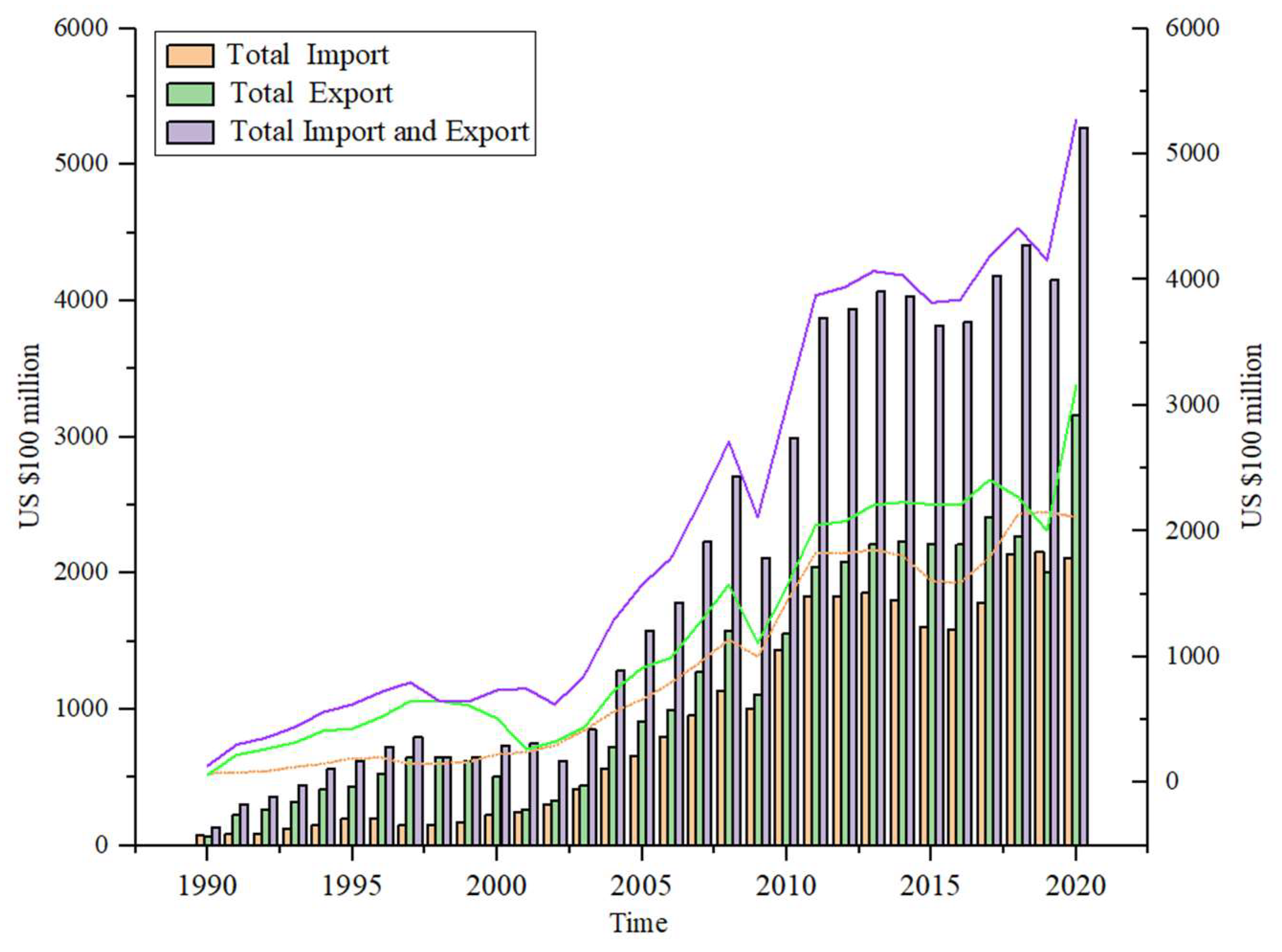

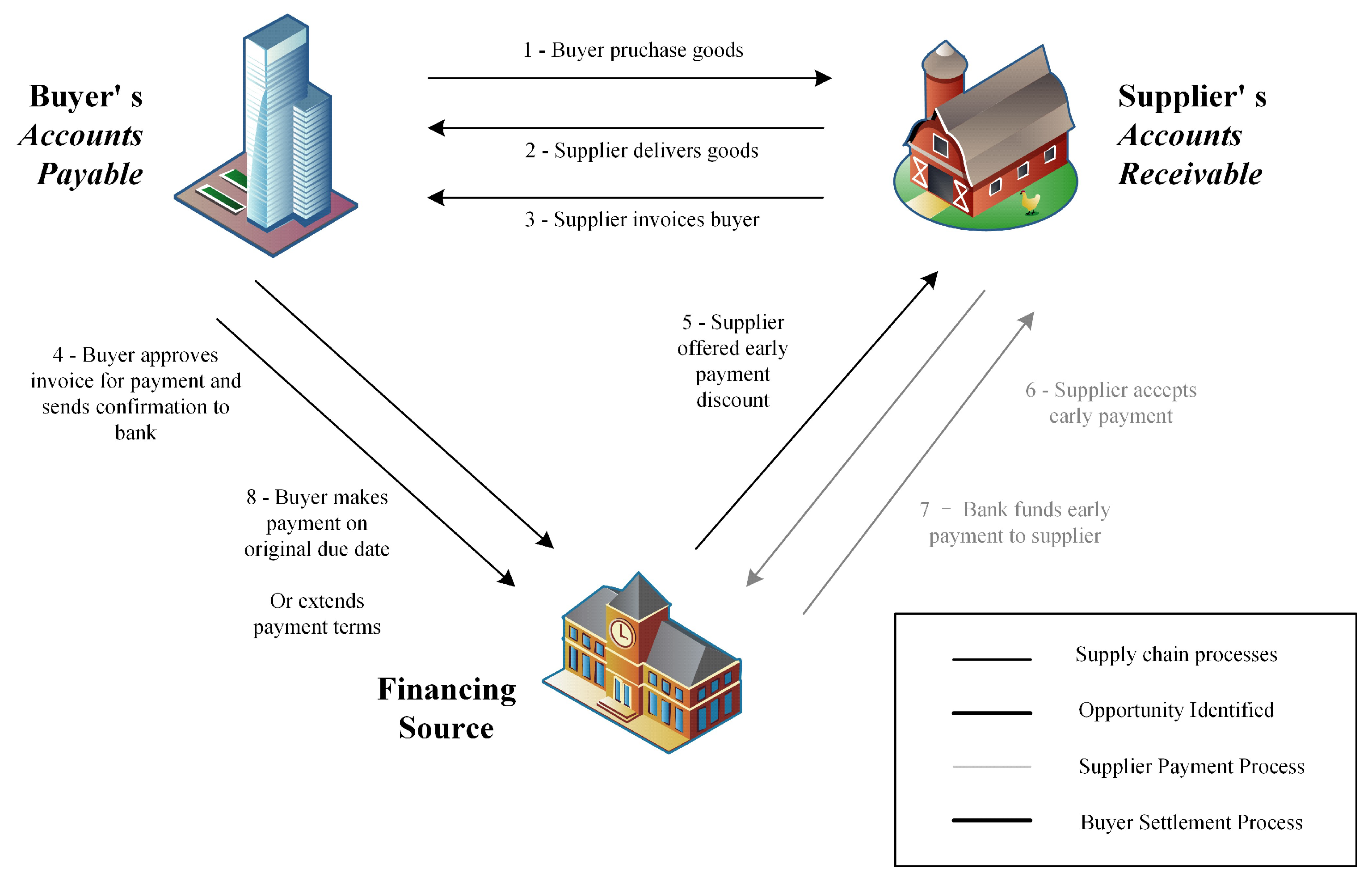
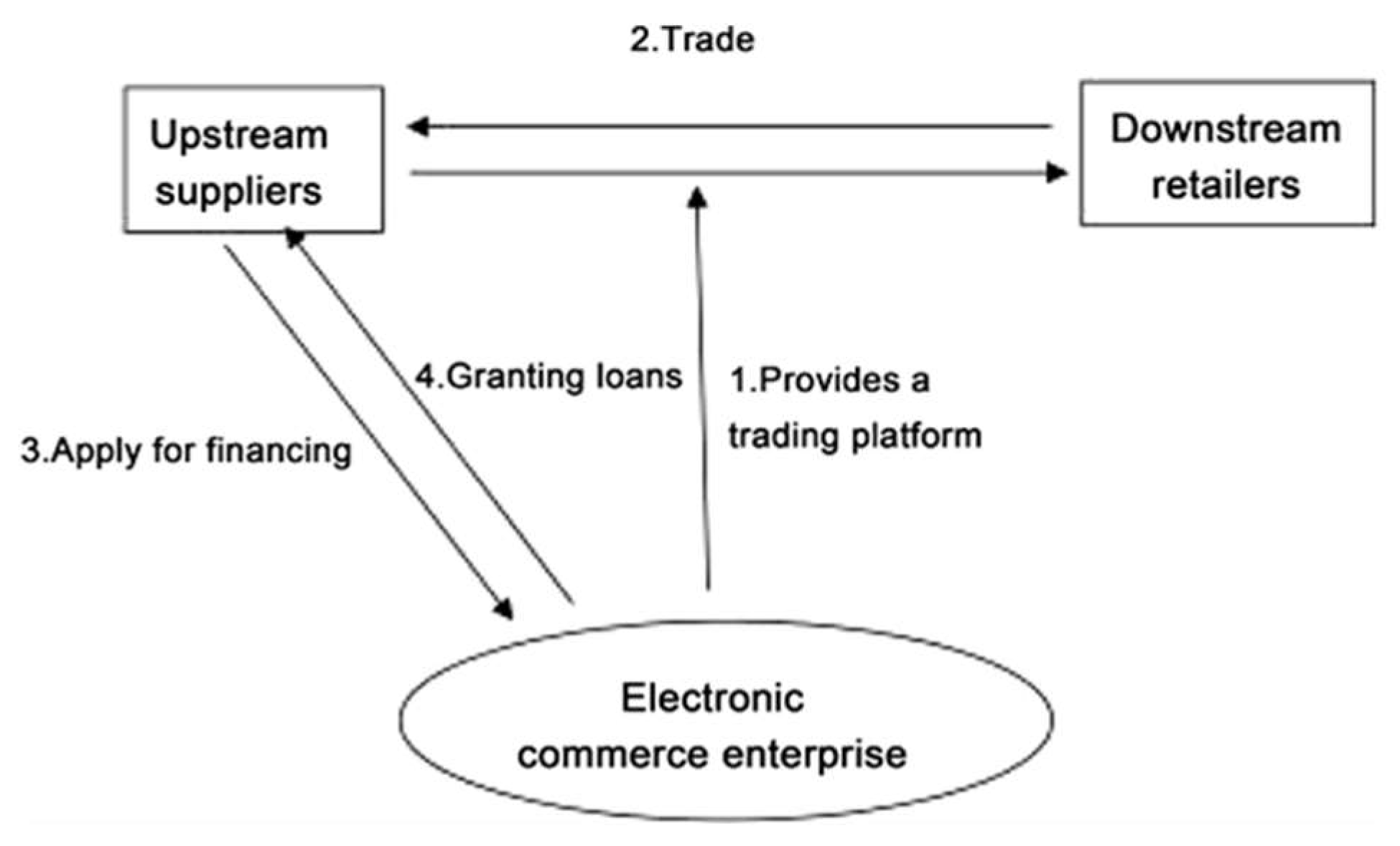
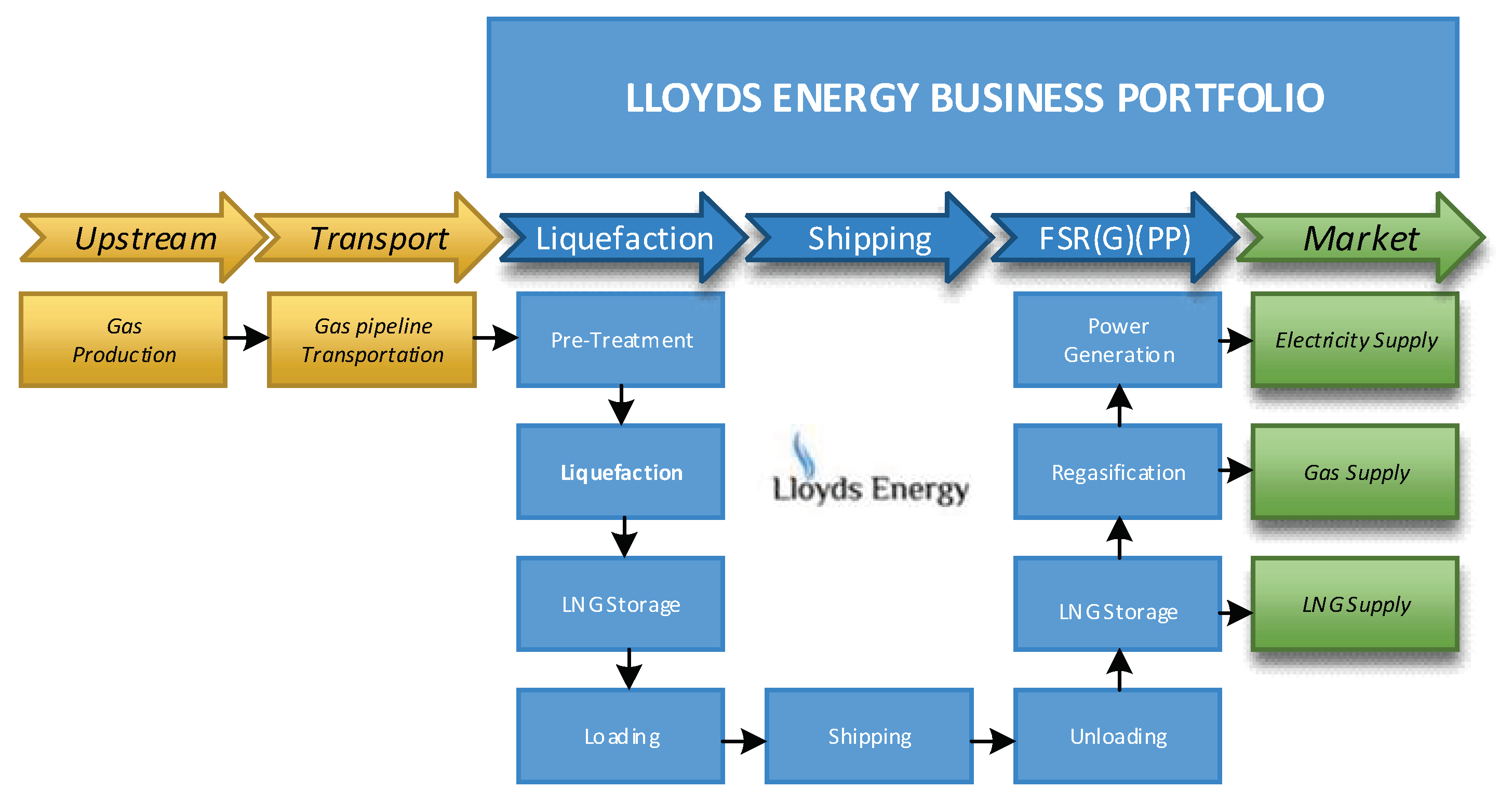
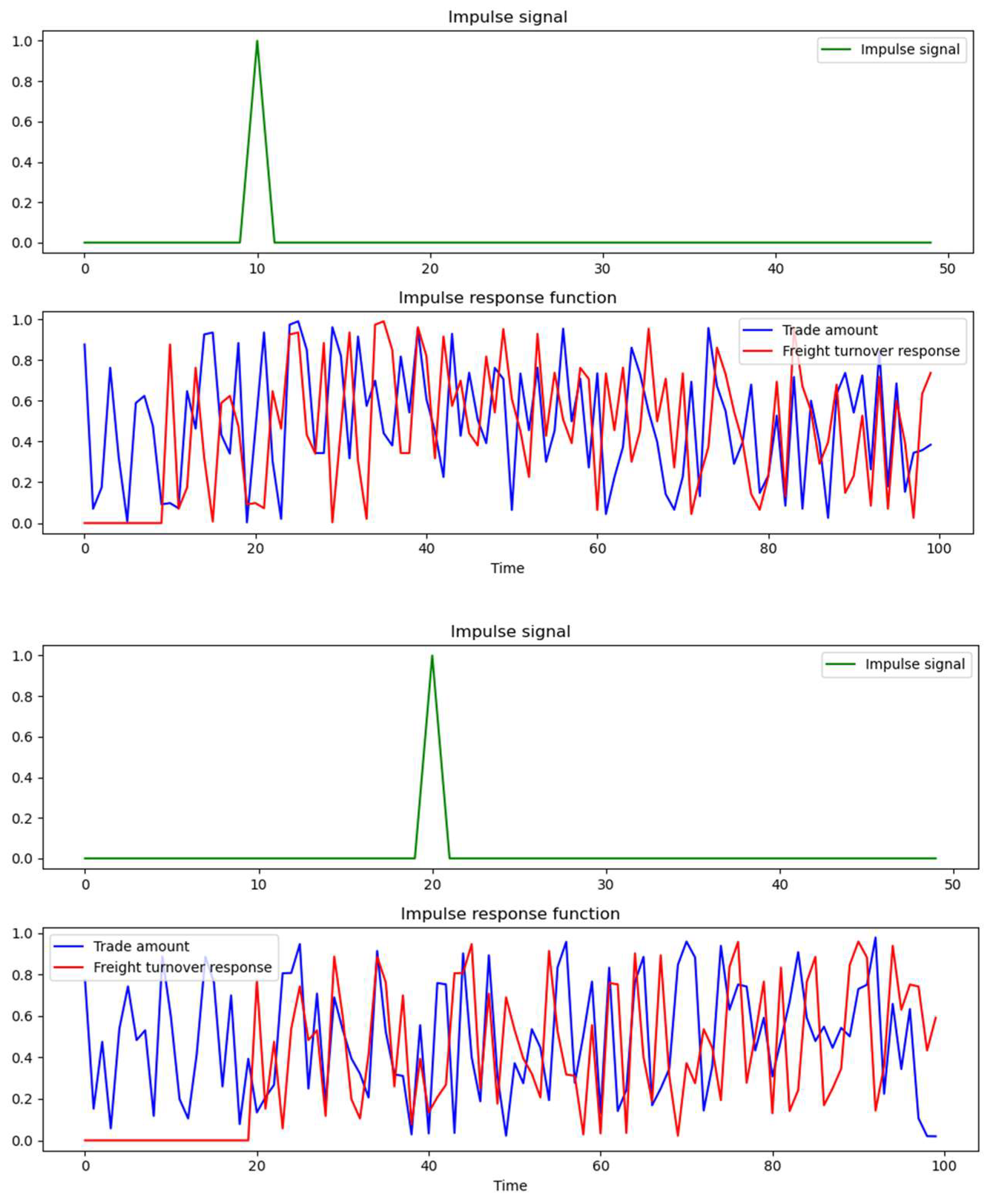
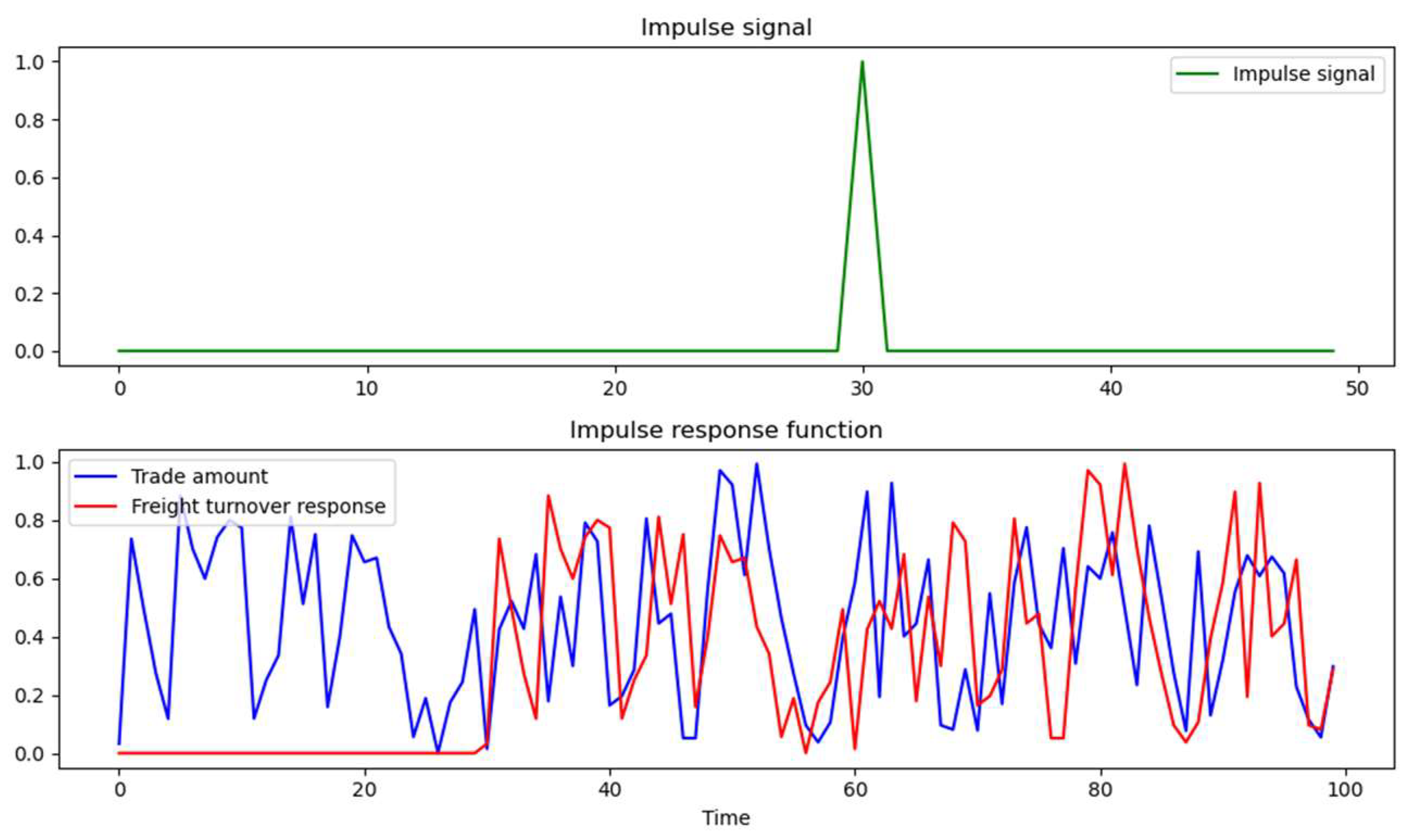

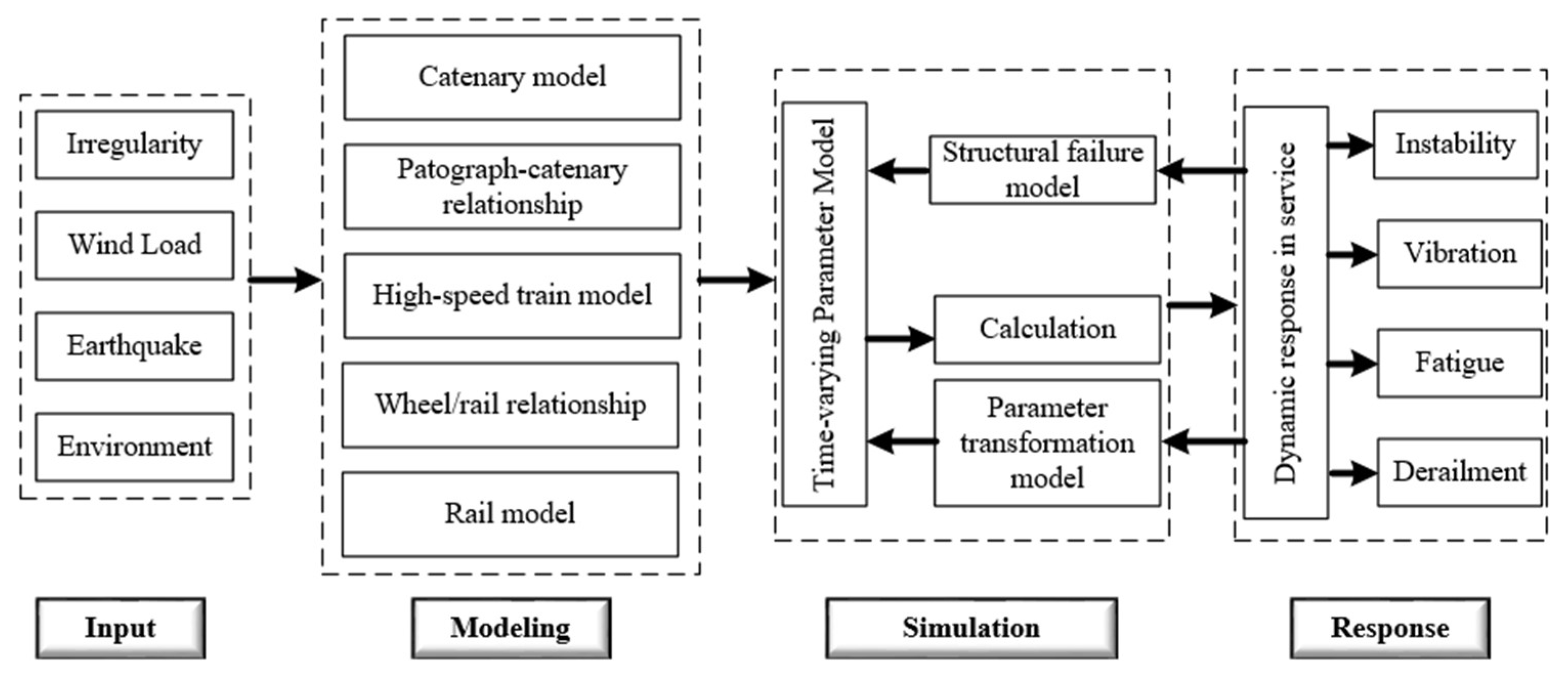
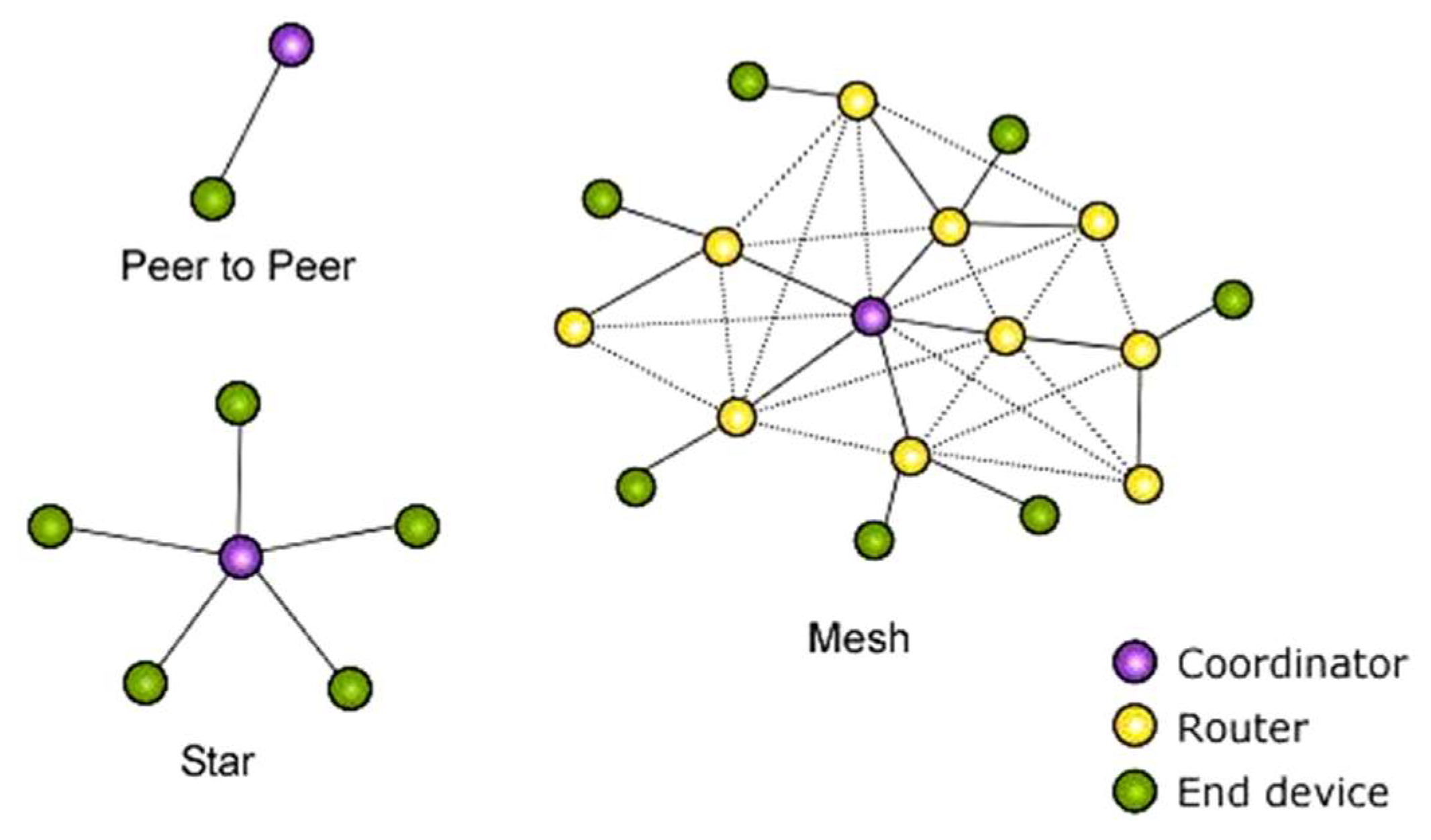
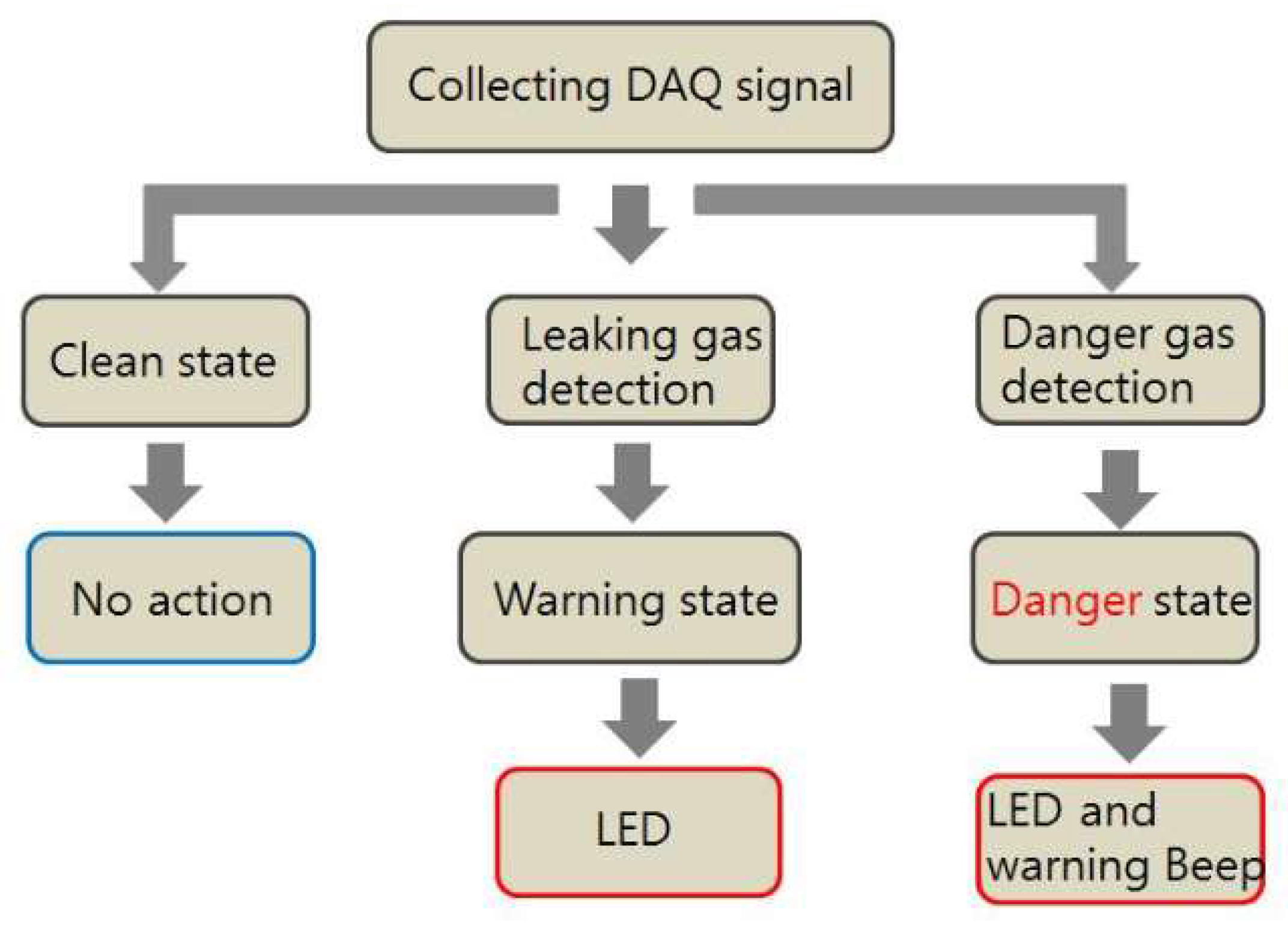
| Index | Raw Data | First-Order Difference | Second-Order Difference | Conclusion |
|---|---|---|---|---|
| Freight turnover | −0.109 | −2.7 | −4.802 *** | 0 |
| Total import and export trade | 3.408 | −1.89 | −3.481 *** | I (2) |
Disclaimer/Publisher’s Note: The statements, opinions and data contained in all publications are solely those of the individual author(s) and contributor(s) and not of MDPI and/or the editor(s). MDPI and/or the editor(s) disclaim responsibility for any injury to people or property resulting from any ideas, methods, instructions or products referred to in the content. |
© 2023 by the author. Licensee MDPI, Basel, Switzerland. This article is an open access article distributed under the terms and conditions of the Creative Commons Attribution (CC BY) license (https://creativecommons.org/licenses/by/4.0/).
Share and Cite
Zhang, H.-N. Coupling System Dynamics Model of Cross Border Logistics and Ecological Environment Based on the Sustainable Perspective of Global Value Chain. Sustainability 2023, 15, 13099. https://doi.org/10.3390/su151713099
Zhang H-N. Coupling System Dynamics Model of Cross Border Logistics and Ecological Environment Based on the Sustainable Perspective of Global Value Chain. Sustainability. 2023; 15(17):13099. https://doi.org/10.3390/su151713099
Chicago/Turabian StyleZhang, Hai-Na. 2023. "Coupling System Dynamics Model of Cross Border Logistics and Ecological Environment Based on the Sustainable Perspective of Global Value Chain" Sustainability 15, no. 17: 13099. https://doi.org/10.3390/su151713099
APA StyleZhang, H.-N. (2023). Coupling System Dynamics Model of Cross Border Logistics and Ecological Environment Based on the Sustainable Perspective of Global Value Chain. Sustainability, 15(17), 13099. https://doi.org/10.3390/su151713099







